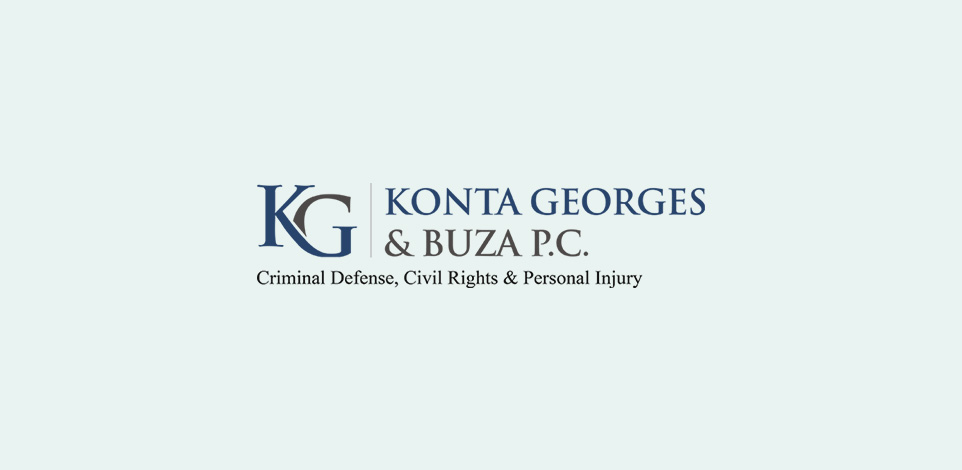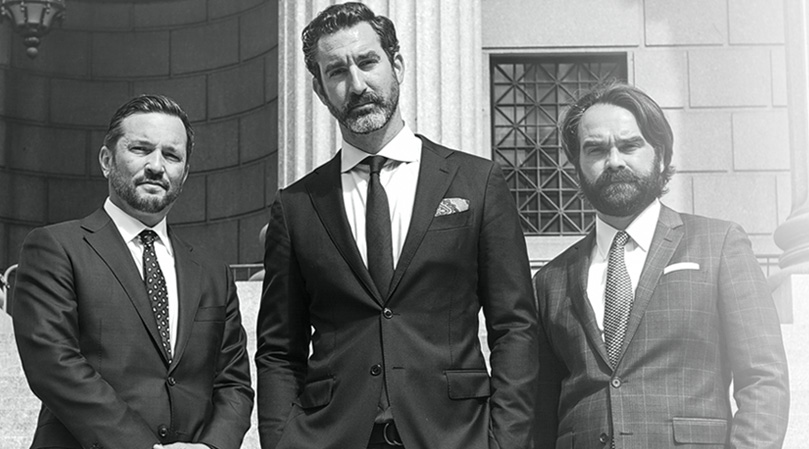When Is A Police Officer Allowed To Use Deadly Force?

There is obviously a lot of talk in the media lately regarding whether Police Officer Darren Wilson was legally justified in killing Michael Brown. In addition, Akai Gurley was fatally shot by a police officer in Brooklyn a few days ago. People tend to get upset when police shootings happen and the media tends to focus on whether the person who was shot was armed or not. If the person was unarmed and the police officer isn’t ultimately convicted of his murder, there tends to be outrage just about every time. But what exactly is the law on whether a police officer is allowed to use deadly physical force? Not surprisingly it is a relatively complicated issue. First off, the law varies by jurisdiction. Because I am a New York lawyer, I will focus on New York law.
New York Penal Code Section 35.30 discusses the law on this topic. Simply put, a police officer in New York is allowed to use physical force to effect an arrest or to prevent escape from custody whenever the officer “reasonably believes” it is necessary to arrest the person, prevent the person from escaping, or to prevent the person from using imminent force against a third party. The term “reasonably believes” means the officer must both subjectively believe the use of force is necessary and that belief would also be held by a reasonable person who views the circumstances from the officer’s perspective as the events are occurring. This is easy enough to understand. Basically, an officer is allowed to use the amount of force that is reasonably necessary to arrest the person. But when is the officer allowed to use “deadly physical force?” In other words, when can the officer pull out his gun and start shooting? The answer is he can’t unless he is allowed to use the force listed above AND he reasonably believes the following is occurring: (i) there is a felony or an attempt to commit a felony involving the use, attempted use, or threatened use of physical force against a person; or (ii) there is a kidnapping, arson, first degree escape, or first degree burglary or there is an attempt to commit these crimes; or (iii) the offense committed or attempted to be committed by the person was a felony and that, in the course of resisting arrest or attempting to escape from custody, the person is armed with a firearm or deadly weapon; or (iv) the use of deadly physical force is necessary to defend the officer or another person from what the officer reasonably believes to be the use or imminent use of deadly physical force. Even in situations in which an officer may use deadly physical force, he is never allowed to do so recklessly.
When an officer uses deadly physical force, the argument regarding whether he was justified is usually under prong iv which is listed above. Notice that there this is no requirement under that prong that the person against whom the force is used was ultimately armed. All that has to happen for this criteria to be met is, the officer has to “reasonably believe” that the person is either using or about to use deadly physical force. As I mentioned, people get upset when a person whom the officer shoots ends up being unarmed. Whether they get upset for the right reasons is beyond the scope of this posting, but the bottom line is that if you look above, whether the target of the police shooting was ultimately armed is not really relevant. It can be relevant to the extent that if the person is armed, then it is almost axiomatic that the officer reasonably believed it as necessary to use deadly physical force. But situations in which police officers draw their guns and shoot tend to be very quick and dynamic. An incident that takes ultimately 10 seconds to happen can encompass a trial for months. That’s how complicated it can be. So whether an officer reasonably believes deadly physical force was necessary is too complicated to sum up in generalities. People like to boil it down to a more basic form like whether the person was armed or not, but in the real world, it’s one of many factors that must be considered. The law recognizes this even though society may not at times. This discrepancy is probably why people express outrage.
If it sounds like I am being too deferential to the police, I am not. I am a criminal defense attorney. Most of what I do for a living is directed at confronting police officers’ versions of events. But when I was a prosecutor at the Manhattan District Attorney’s Office, I learned that Robert Morgenthau had a policy in which every single police shooting went to the Grand Jury irrespective of whether the prosecutor thought the shooting was justified or not. The Grand Jury is then confronted with all of the evidence and they make a determination as to whether to indict. Mr. Morgenthau rightly believed that the issue of whether a police officer was justified in using deadly physical force should be made by the cross section of society that the Grand Jury encapsulates rather than by one prosecutor or judge. This is probably why these controversies tend not to happen in Manhattan. Because police shootings are so complicated and because they tend to spark so much outrage (justified or not), the use of the Grand Jury should be used in every jurisdiction every time. It is the only way to get at the ideals of justice without fear or favor. The critics of the Ferguson Grand Jury are trying to hard to paint it is a tainted process. Whether it was or not, I don’t know. But I do know that because a Grand Jury made this decision rather than a prosecutor, it is harder for people who actually know what they are talking about, to paint it as tainted. Because the Grand Jury made the decision, the protests that are occurring are addressing more systematic problems. If it was a judge or a prosecutor who made this decision, the protests would have been aimed at removing them from office irrespective of whether they did the “right” thing or not. So at least in this respect, I am glad to see that the protests are at least focused on the right issues.

Request Your Free Consultation
Fields Marked With An “ * ” Are Required
"*" indicates required fields
The Woolworth Building
233 Broadway
Suite 701
New York, NY 10279

